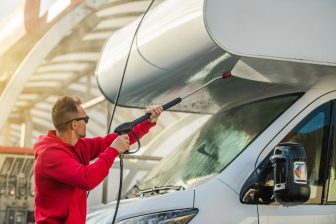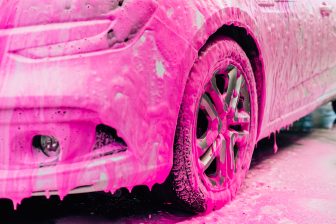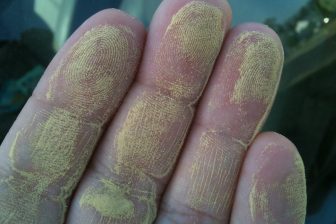
Robot wash Clinpify is looking for new investors
Spanish company Clinpify is convinced their AI-controlled robots will wash the cars of the future. In two years time, they hope to install the first robotic wash boxes. A second investment round is currently being wrapped up.
Not so long ago, we reported about PREEN, a Swiss company that plans to wash cars with robot technology. Those who visited The Car Wash Show Europe, could even see the machine in action. But it seems Preen is not the only company that puts its faith in robotic washing.
Alberto Zarco, CEO of Clinpify, is hoping for a revolution with his first, AI-controlled robotic car wash. Their system is modular and can be set up anywhere. Once car owners have left their vehicle in the box, 3D software makes a full scan and delivers a very accurate image to the washing software. It will then calculate the optimal wash trajectory and start washing.
Patent
The new patented technology has advantages for car owners, car wash entrepreneurs and the environment, Zarco promises in an interview with Innova Spain. “Our robots are the same as those used in an industrial factory. But instead of performing the repetitive task, it has to readjust to a new car every five minutes. Cars with different shapes, measurements and specifics. Our AI will adjust itself to this situation.”
Innitial problems
Clinpify had to solve various problems during the development of the machine. Humanity, condensation and temperature all had an effect on the process. But thanks to a few strong strategic partners, these initial problems have been tackled.
The wash cabin itself has been developed using 3D printing technology. “It’s compact, modular and easily transportable,” Zarco tells the Spanish newspaper. “As soon as you connect it to water and electricity, it starts working.”
Water use
Part of the electricity needed is coming from photocells which are attached to the roof of the cabin. According to Clinpify, water use is restricted to 35 to 40 liters per car. The company doesn’t mention anything about water recycling though. Their website just talks about ‘intelligent use of water’. Which seems wise, in a country with less and less freshwater available.
Also read:



